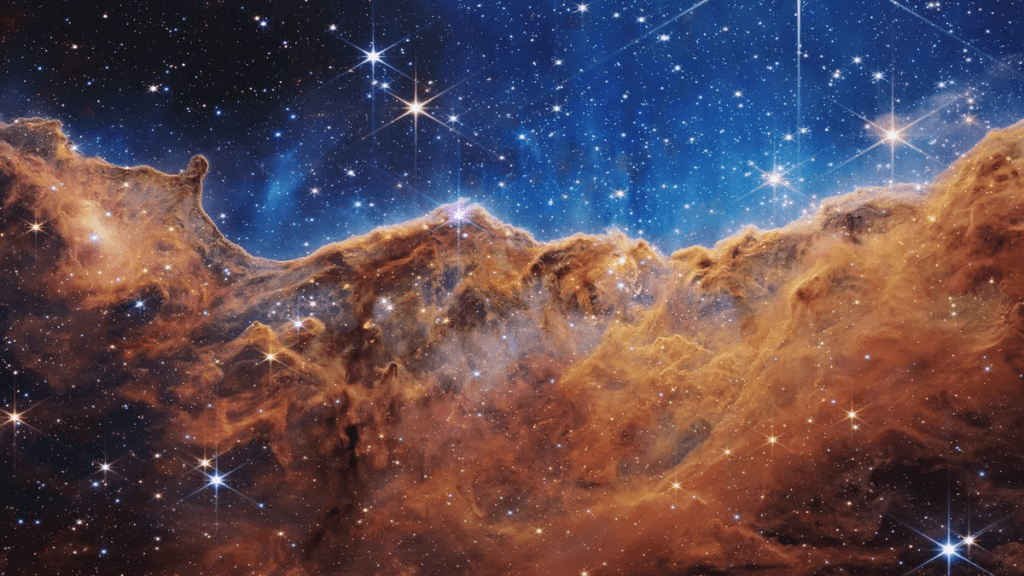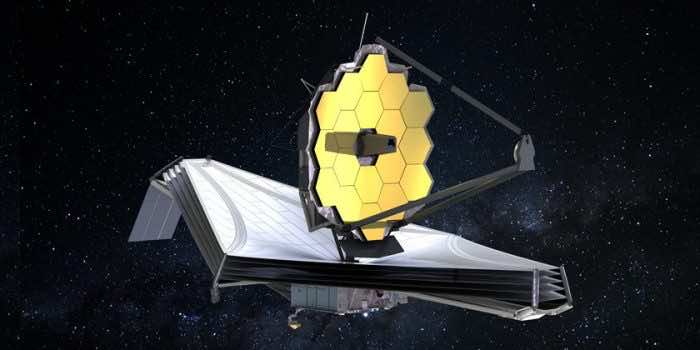There has been a lot of hype about the initial image and data releases from NASA’s next-generation James Webb Space Telescope. As a result, the agency released a series of soundscapes on Wednesday to give space lovers a new way to appreciate Webb’s observations.
The tracks, which include translations of photos of the Carina and Southern Ring Nebulae, employ sonification to transform vision and data into auditory experiences.
“Music taps into our emotional centers,” said musician Matt Russo, a physics professor at the University of Toronto who worked on the project.
“Our goal is to make Webb’s images and data understandable through sound — helping listeners create their own mental images.”

The “Cosmic Cliffs” of the Carina Nebula, a magnificent celestial object packed with stars, gas, and dust, are transformed into a glittering, symphonic sound palette. The gas and particles produce drone-like sounds. The image’s lower orange and red area is melodious. Bright light sources have a higher tone.
The Southern Ring Nebula takes on an uncanny tone as if it were formed in a tunnel with string players tuning up. This sonification is divided into two sections to represent the various infrared measurements Webb made of the nebula. The dazzling stars generate distinctive sounds, similar to plucked piano strings.
The team of scientists and musicians did not merely translate visuals into audio. Webb’s data on the atmosphere of the gas giant exoplanet WASP-96 b was turned into a sci-fi soundtrack with decreasing tones and a dripping water effect. These droplets indicate atmospheric water signatures.
The sonification give Webb’s discoveries a new dimension and also make the telescope’s work more accessible to blind and low-vision space enthusiasts. Moreover, Webb’s audio experiences are both strange and familiar. They demonstrate that there are more ways to study the universe than we can see with our senses.
“When I first heard a sonification, it struck me in a visceral, emotional way that I imagine sighted people experience when they look up at the night sky,” said Christine Malec, a member of the blind and low-vision community who worked on the Webb sound project.


